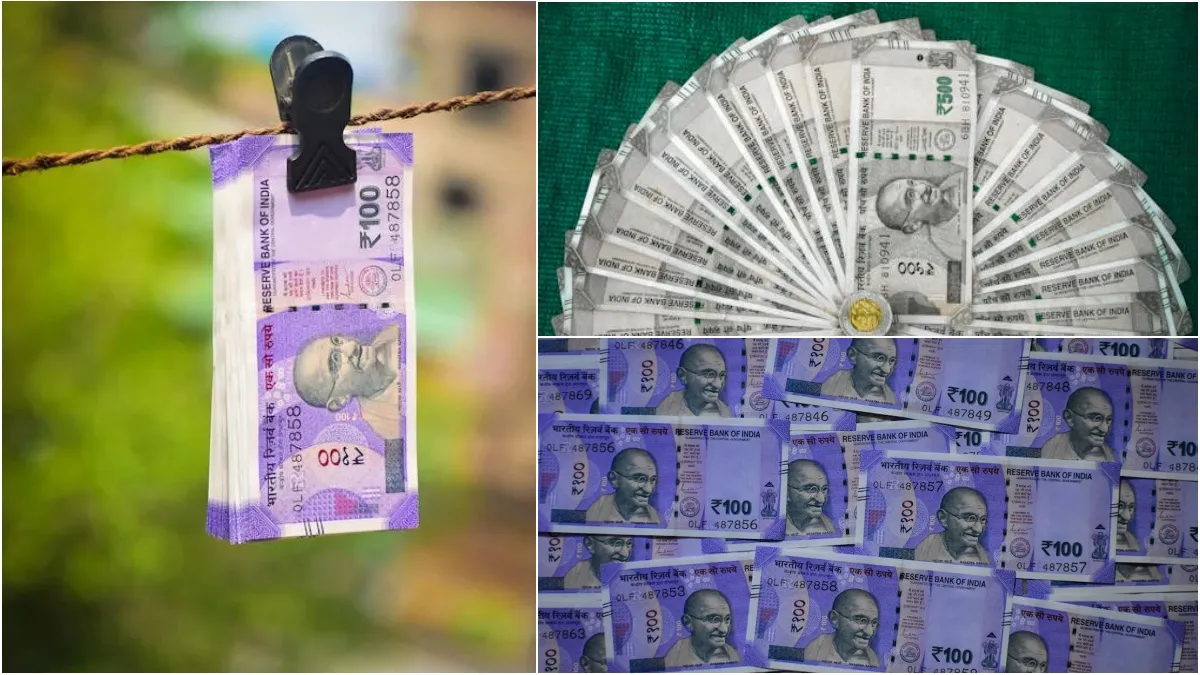
Prime Minister Narendra Modi on Thursday approved the formation of the Eighth Pay Commission. This will benefit about 50 lakh central government employees and about 65 lakh pensioners. Ashwini Vaishnav told that the 8th Pay Commission will be implemented from the year 2026. However, he did not give the date of implementation of the 8th Pay Commission. But, experts believe that the government can implement the 8th Pay Commission from January 1, 2026. So far seven pay commissions have been constituted. His tenure and main recommendations are as follows:
First Pay Commission (May 1946 to May 1947)
Chairman: Srinivas Varadacharya
After India’s independence, attention was paid to rationalizing the pay structure.
Introduced the concept of ‘Livelihood Reward’.
Minimum salary: Rs 55 per month. Maximum salary: Rs 2,000 per month.
Beneficiaries: About 15 lakh employees
Second Pay Commission (August 1957 to August 1959)
Chairman: Jagannath Das
The focus was on balancing the economy and cost of living.
The socialist model recommended minimum wage of Rs 80 per month was adopted.
Beneficiaries: Around 25 lakh employees.
Third Pay Commission (April 1970 to March 1973)
Chairman: Raghubir Dayal
Minimum wage recommended is Rs 185 per month.
Emphasis was placed on pay parity between the public and private sectors.
Removed inequalities in pay structure.
Beneficiaries: Around 30 lakh employees.
Fourth Pay Commission (September, 1983 to December, 1986)
Chairman: P.N. Singhal
Minimum salary recommended is Rs 750 per month.
Attention was paid to reducing disparities in pay across ranks.
Performance linked pay structure introduced.
Beneficiaries: More than 35 lakh employees.
Fifth Pay Commission (April, 1994 to January, 1997)
Chairman: Justice S. Ratnavel Pandian
Minimum salary recommended is Rs 2,550 per month.
Suggested to reduce the number of pay scales.
Focus on modernizing government offices.
Beneficiaries: Around 40 lakh employees
Sixth Pay Commission (October, 2006 to March, 2008)
Chairman: Justice B.N. Sri Krishna
‘Pay Band’ and ‘Grade Pay’ introduced
Minimum Salary: Rs 7,000 per month. Maximum salary: Rs 80,000 per month.
Emphasis on performance related incentives.
Beneficiaries: About 60 lakh employees
Seventh Pay Commission (February, 2014 to November, 2016)
Chairman: Justice AK Mathur
Minimum wage increased to Rs 18,000 per month. Maximum salary Rs 2,50,000 per month.
A new pay matrix was recommended in place of the grade pay system. Attention was paid to perks and work-life balance.
Beneficiary: More than one crore (including pensioners)
Latest Business News